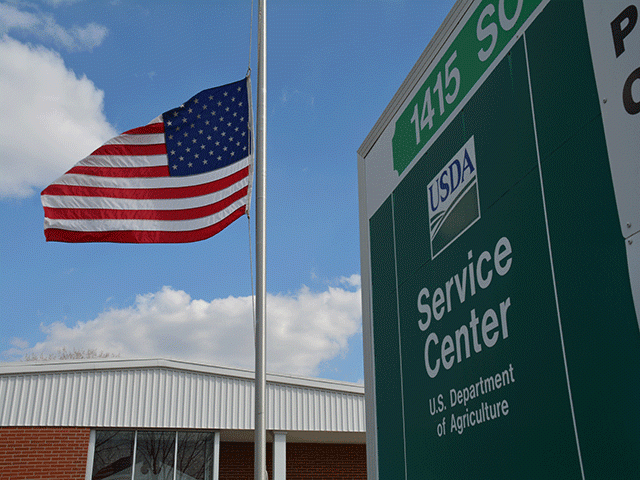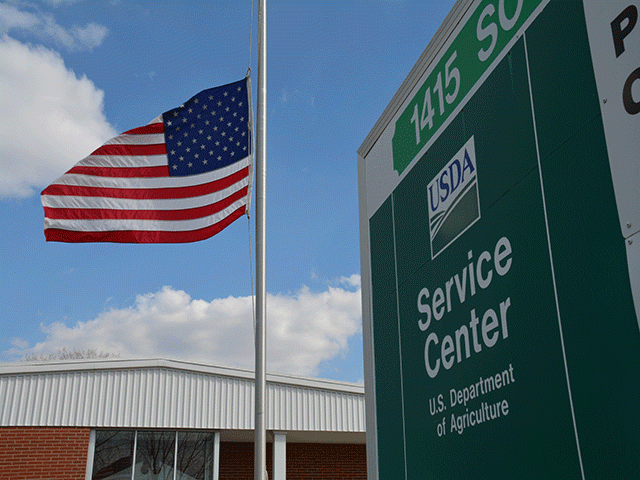Ag Policy Blog
Breaking Down $10 billion in Economic Aid: Who Gets What?
Everyone and their dog has been calculating payment rates for the $10 billion in economic assistance since Congress passed the bill and it was signed into law by President Joe Biden on Dec. 21.
The accuracy has been hard to assess given that some number-crunchers have come out with multiple revisions because they didn't factor in this or that, or they forgot to "carry the two."
Another major caveat, as the University of Missouri's Food & Agricultural Policy Research Institute (FAPRI) noted in its calculations is that provisions in the legislative text give the Secretary of Agriculture discretion to determine some of the variables such as price, costs, yields, etc. that will be used in payment calculations.
In other words, the final payments could be different from the estimates being offered.
All of that said, here is a breakdown of FAPRI's estimates for payments for the top 10 states below. The top 10 states would receive about $6.6 billion of the total payments.
Texas -- $965 million. Biggest payment crop, cotton at $518 million.
Iowa -- $846 million. Biggest payment crop, corn at $543 million.
Illinois -- $790 million. Biggest payment crop, corn at $452 million.
Kansas -- $787 million. Biggest payment crop, corn at $264 million.
North Dakota -- $672 million. Biggest payment crop, wheat at $199 million.
Nebraska -- $627 million. Biggest payment crop, corn at $425 million.
Minnesota -- $619 million. Biggest payment crop, corn at $349 million.
P[L1] D[0x0] M[300x250] OOP[F] ADUNIT[] T[]
South Dakota -- $505 million. Biggest payment crop, corn at $256 million.
Indiana -- $400 million. Biggest payment crop, corn at $220 million.
Missouri -- $392 million. Biggest payment crop, soybeans at $174 million.
All other states split $3.232 billion.
Corn ($3.8 billion), soybeans ($2.55 billion) and wheat ($1.5 billion) combine to make up about 80% of the total estimated payments, or about $7.9 billion out of an estimated $9.8 billion. Cotton takes up another $975 million. When cotton, rice, sorghum, barley, oats and peanuts are added, they make up about 98% of total payments or about $9.7 billion.
PER ACRE PAYMENTS
One of the main points of contention looking at calculations is that groups are using different numbers. FAPRI's numbers, for instance, are slightly different from numbers DTN received from Senate Agriculture Committee staff.
The breakdown as follows for major crops:
-- Corn, FAPRI $42.51 per acre; Senate, $43.80 per acre.
-- Soybeans, FAPRI, $29.50 per acre; Senate, $30.61 per acre.
-- Wheat, FAPRI, $30.69 per acre; Senate, $31.80 per acre.
-- Cotton, FAPRI, $87.26 per acre, Senate, $84.70 per acre.
-- Sorghum, FAPRI, $42.58 per acre; Senate, $41.85 per acre.
-- Rice (L/M), FAPRI, $69.52 per acre; Senate, $71.37 per acre.
-- Peanuts, FAPRI and Senate, $76.30 per acre.
-- Barley, FAPRI and Senate, $21.76 per acre.
Those payments are subject to $125,000 payment limits that could increase to $250,000 for producers who receive 75% or more of their gross income from farming for tax years 2020, 2021 and 2022.
The payments under the law also are expected to be paid within 90 days after the legislation was signed into law. Therefore, payments should be made before March 21.
Keep in mind that the legislation also included $20.78 billion in for natural disasters over the past two years. Those include droughts, wildfires, hurricanes, floods, derechos, excessive heat, tornados, winter storms, freeze events and excessive moisture.
The payment limits for disaster aid should be separate from the economic assistance. It will likely take USDA more time to determine how the department will divvy up the disaster aid because that will include losses from crops other than commodities as well as livestock.
FAPRI's website, linked below, also includes Excel spreadsheets to calculate payments based on planted acres or prevented-planting acres.
FAPRI report on estimated payments: https://fapri.missouri.edu/…
Chris Clayton can be reached at Chris.Clayton@dtn.com
Follow him on social platform X @ChrisClayton@dtn.com
(c) Copyright 2024 DTN, LLC. All rights reserved.






Comments
To comment, please Log In or Join our Community .